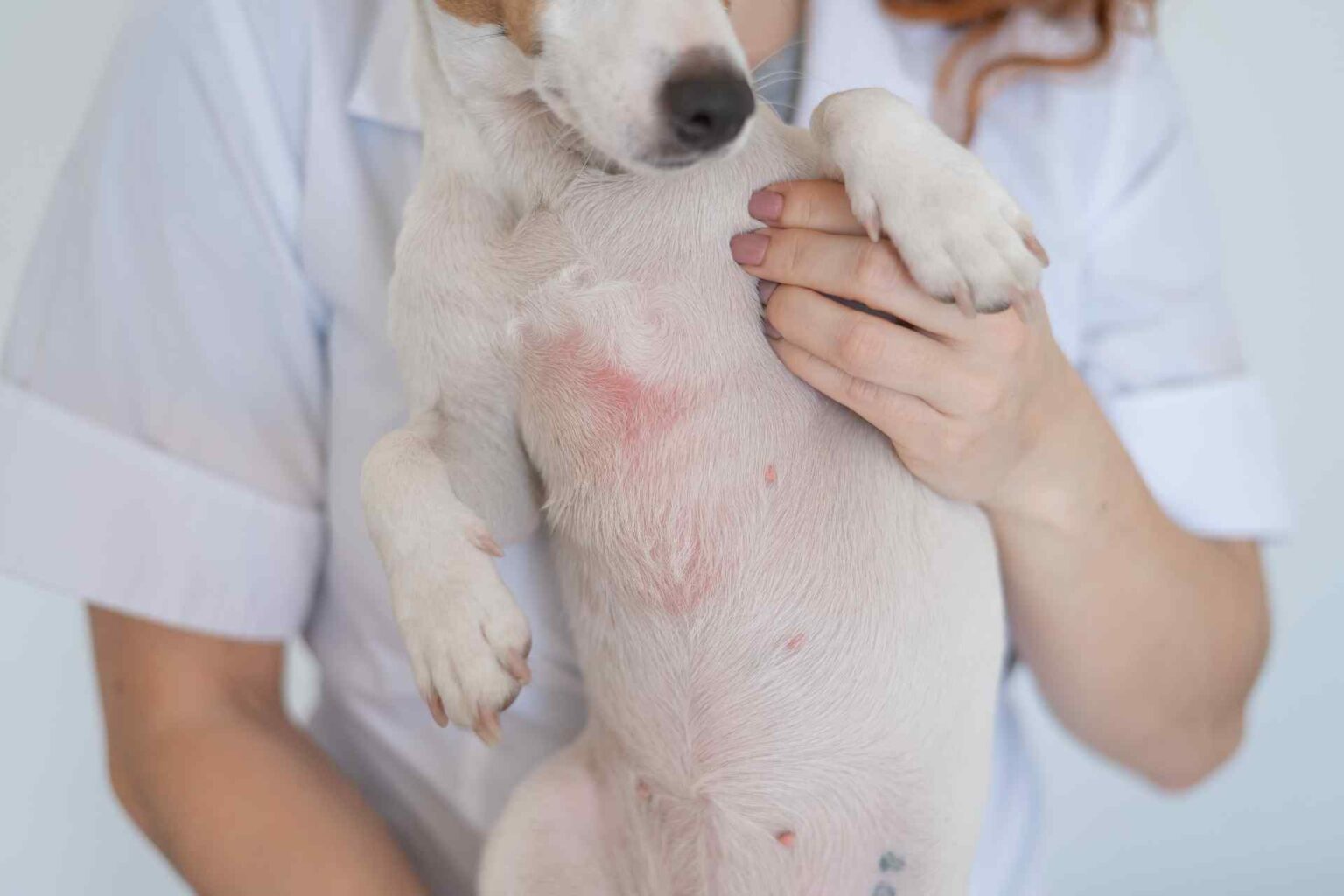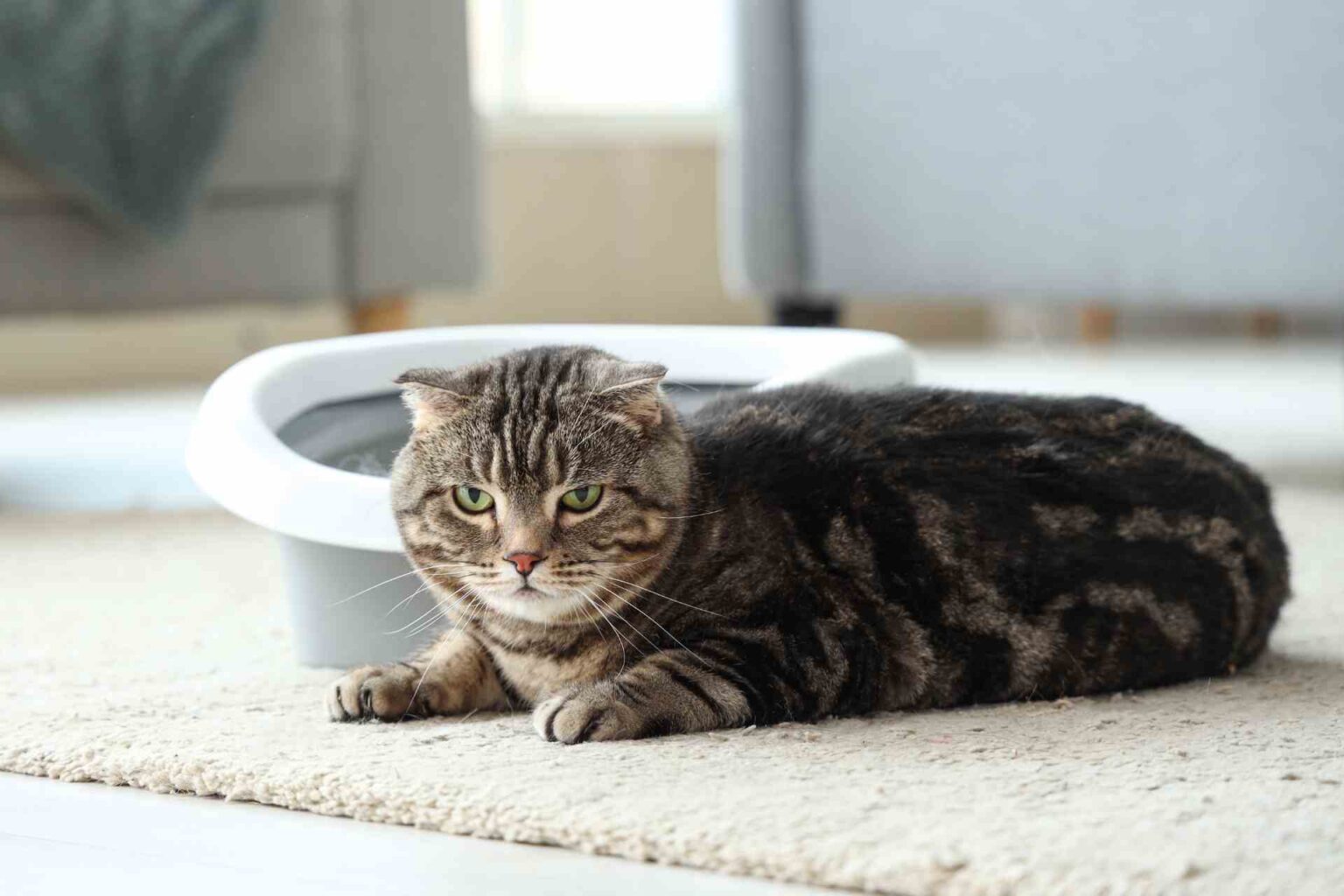Several environmental factors are known to influence the composition and function of the gut microbiota.
The domestic dog has similar physiological, dietary and pathological characteristics to humans and shares its owner’s home environment and lifestyle, so it could be used in the field of translational science to identify new therapies for both species.
A recent review explores the three major macro-areas listed below (home environment, health conditions, and disease conditions) and analyzes the studies and data published to date in order to highlight similarities and differences between humans and dogs in terms of gut microbiota.
Sharing the home environment
The dog can provide valuable insights as an animal model, precisely because it shares the home environment, diet and eating habits of humans, and is therefore often exposed to the same environmental factors.
Some studies have even indicated that owners of dogs with noncommunicable diseases, such as diabetes, would be more prone to such diseases than those living with healthy dogs. Therefore, it would be possible that environmental factors interacting with the human gut microbiota would have similar effects on the gut microbiota of pet dogs.
Gut microbiota of dogs and humans in healthy condition
It has been widely documented in both domestic animals and humans that the composition of the gut microbiota changes over time and shows significant interindividual variability.
Although it is difficult to compare human and canine data because of methodological differences in the studies conducted, examination of the horizontal distribution of the gut microbiota reveals interesting similarities and differences between the two species. In addition, in both humans and their pet dogs, diet is considered a key factor influencing the structure of the gut microbiota and the metabolic functions of the host.
Evidence to date shows that the gut microbiota evolves to adapt to high fiber, carbohydrate and protein intakes. Some authors have found a gradual increase in the relative abundance of bacterial taxa such as Prevotella and Sutterella, which break down carbohydrates, and a significant decrease in the relative abundance of Parabacteroides and Ruminococcaceae in dogs fed commercial diets compared to dogs fed a raw meat and edible bone (BARF) diet.
These data mirror those already known for humans, especially when Mediterranean diets are compared with Western diets that are higher in processed foods.
Gut microbiota of dogs and humans in inflammatory and endocrine diseases
Numerous studies report an association between imbalances in the gut microbial ecosystem of companion animals and humans, known as dysbiosis, with the presence of various inflammatory and endocrine diseases, such as idiophatic bowel syndrome (IBS), obesity, and diabetes mellitus
Unlike in humans, little is known about the canine gut microbiota in IBD. However, it would seem that, similar to human patients, dogs with IBD have reduced microbial abundance and diversity compared to healthy subjects. Common alterations in dogs and humans are, for example, an overabundance of Enterobacteriaceae and Proteobacteria and a lower presence of Bacteroidetes and Firmicutes.
In recent years, changes in the composition of the gut microbiota have been suggested to be a potential contributor to the onset of type 2 diabetes mellitus (DM2). Some authors have observed intestinal dysbiosis and altered fecal bile acid (BA) levels in dogs with insulin-dependent DM, findings similar to those of subjects with DM2.
In addition, bacteria from the Enterobacteriaceae family were more abundant in diabetic dogs, while those from the Erysipelotrichia class and the Mogibacteriaceae and Anaeroplasmataceae families were overrepresented in healthy controls.
Conclusions
The data shown in this review suggest that the dog has the potential to be a useful animal model. In fact, although knowing and studying the phylogenetic structure of the microbiota in different models is undoubtedly an important aspect, it is becoming increasingly clear how crucial it is to combine this information with functional information to decipher the basis of the symbiotic crosstalk between the host and its microbiota.
Reference
Hernandez J, Rhimi S, Kriaa A, et al. Domestic Environment and Gut Microbiota: Lessons from Pet Dogs. Microorganisms. 2022;10(5):949. Published 2022 Apr 30. doi:10.3390/microorganisms10050949











